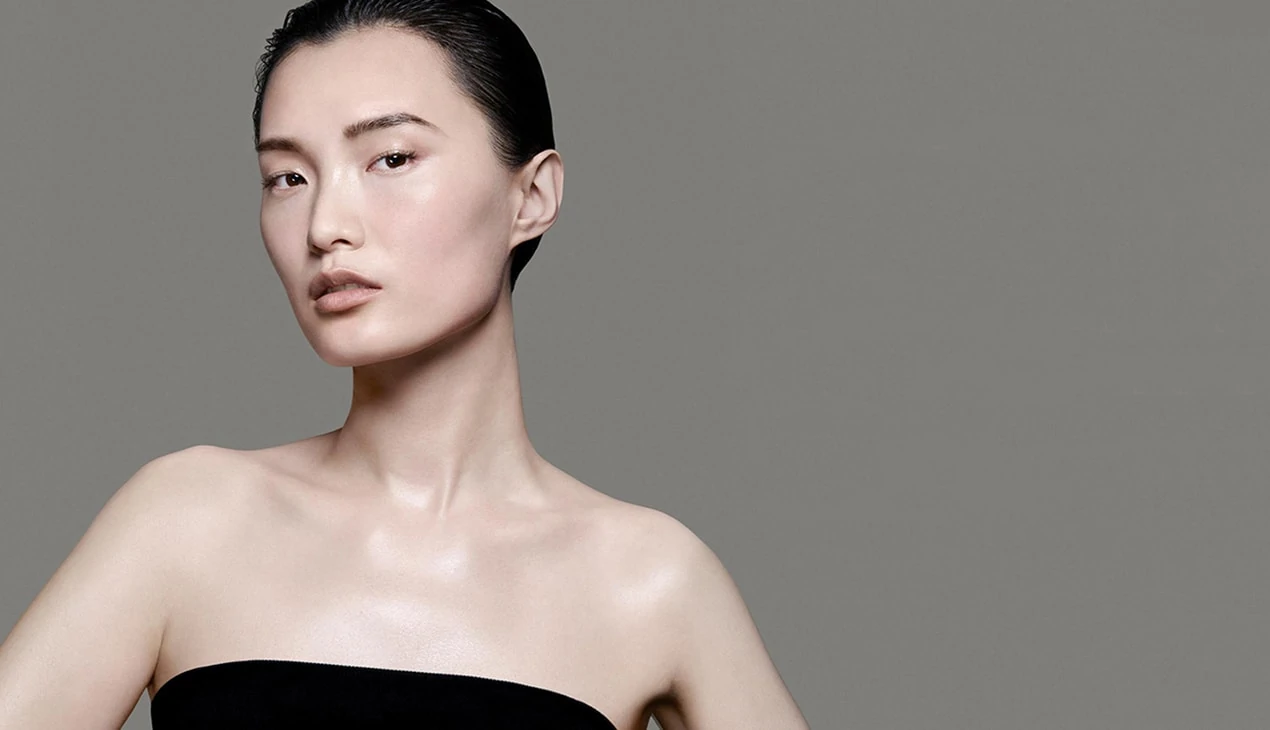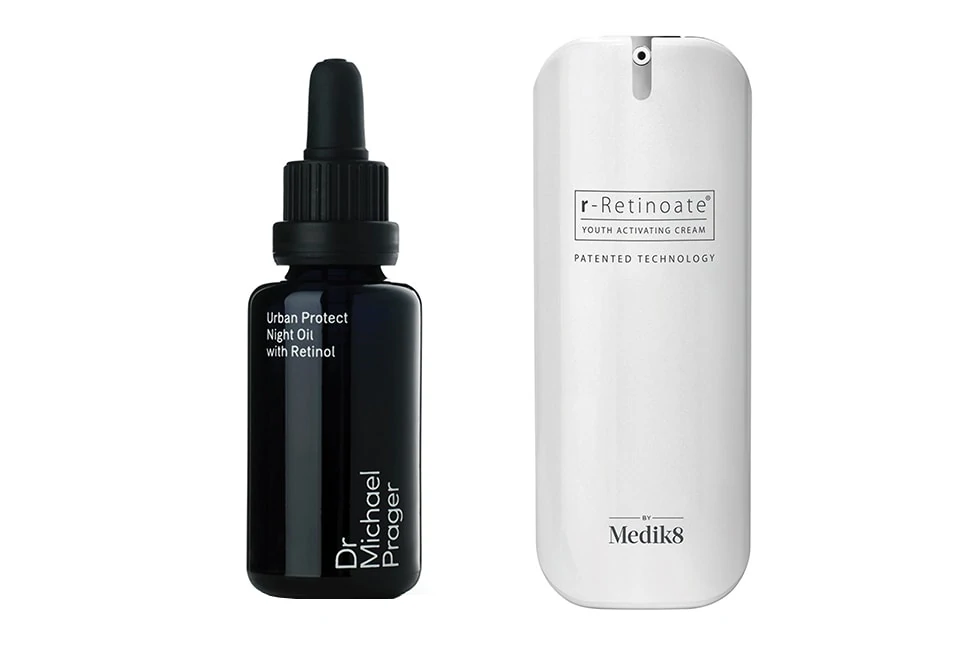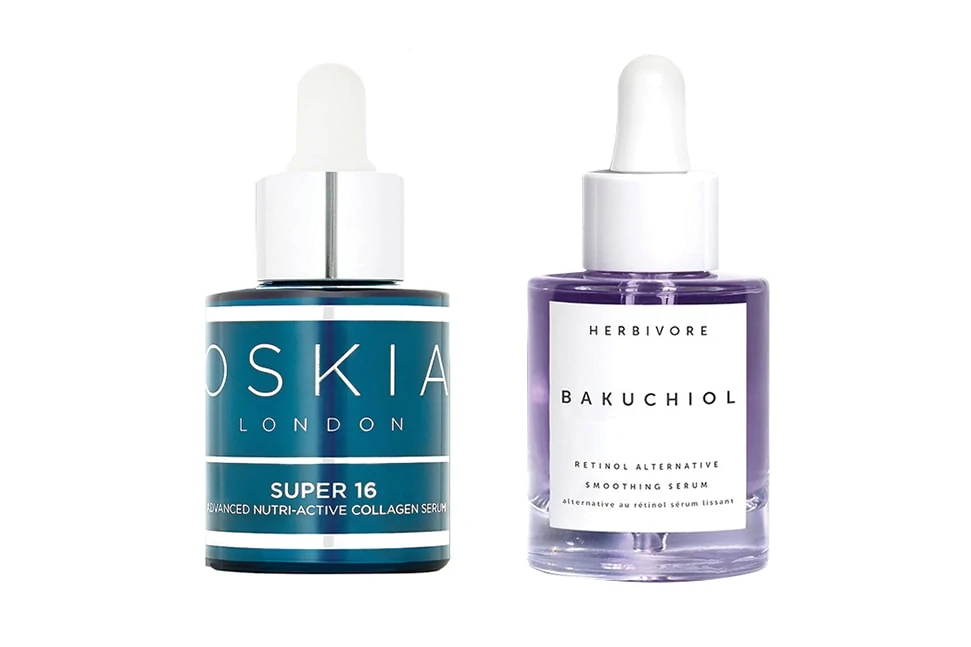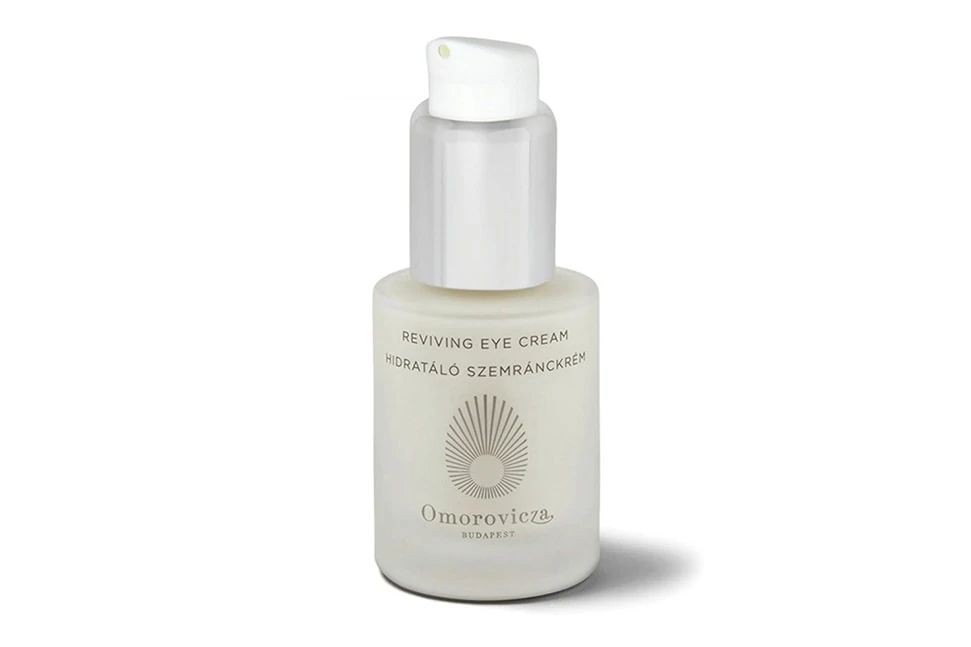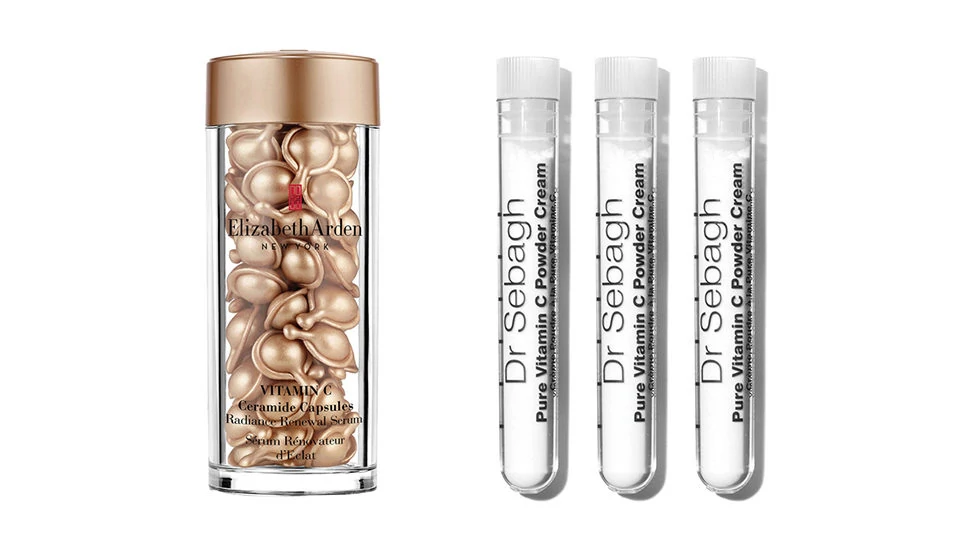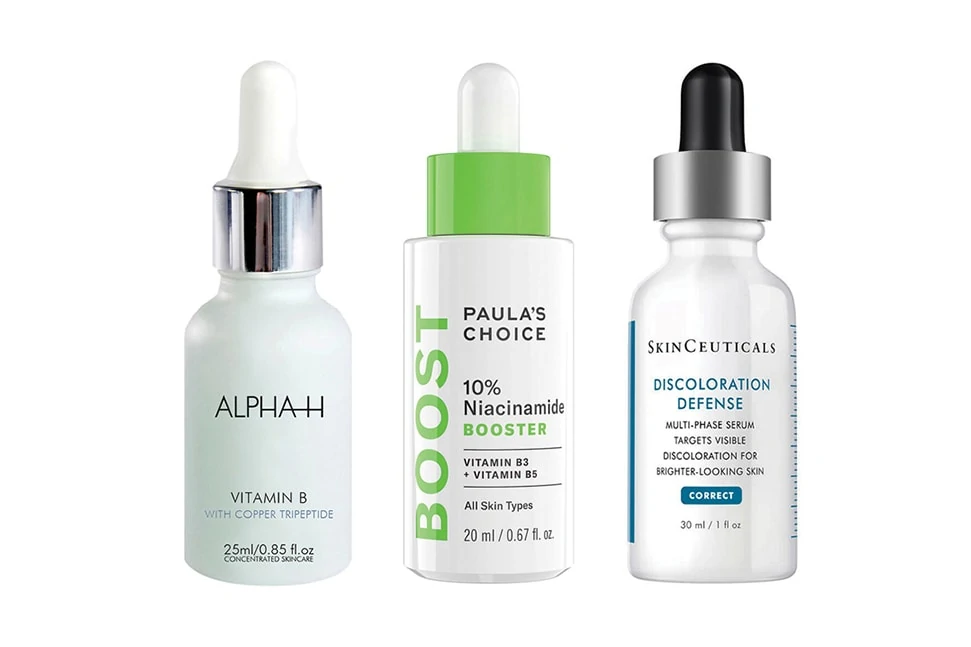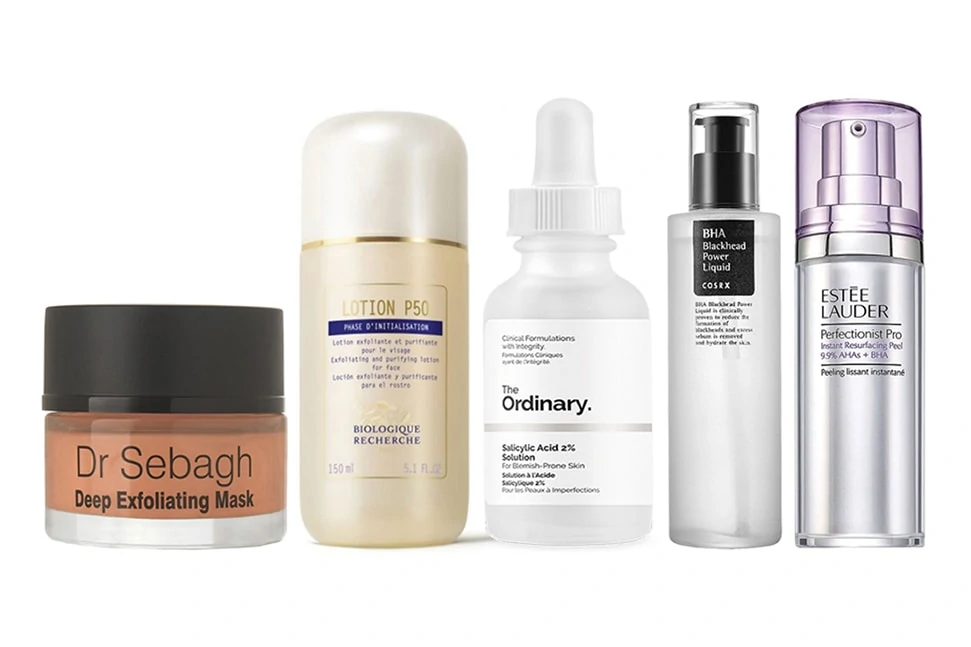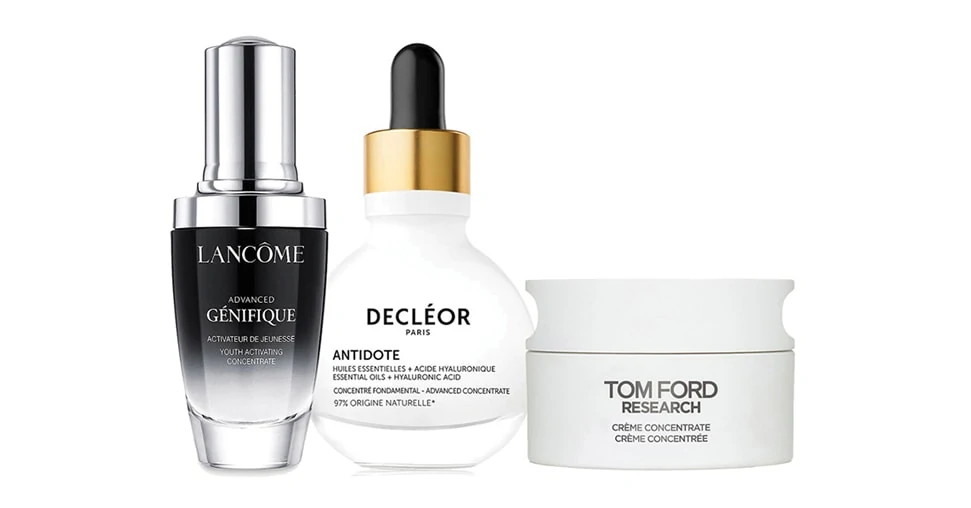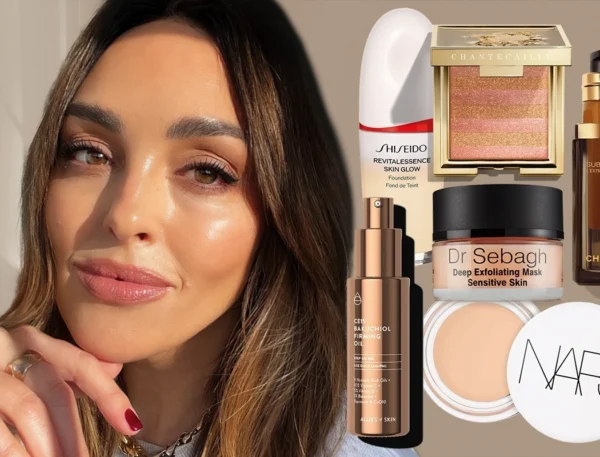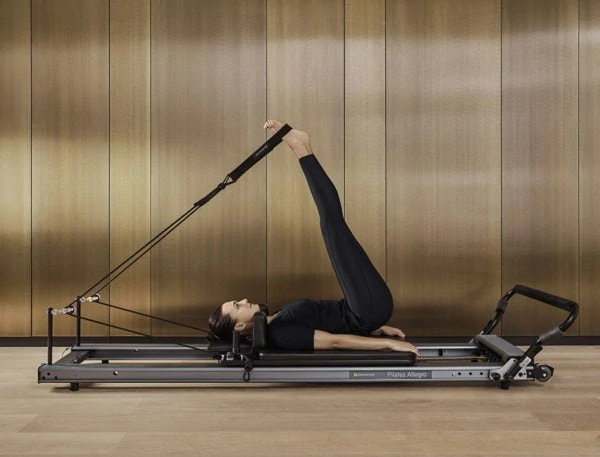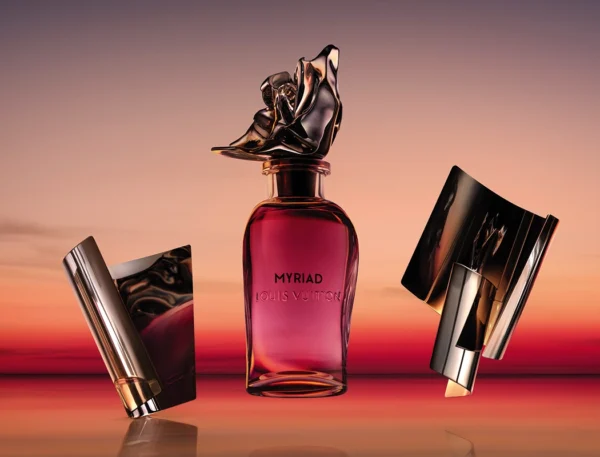Contributing beauty director and revered industry expert Alessandra Steinherr discusses her essential skincare products and ingredients for healthy, glowing and hydrated skin this season.
This is the season to switch up your skincare products and routines. In summer, the focus should be on protecting the skin, and on antioxidants and light hydration. Autumn and early winter is the time to “go deeper” if you so wish, turning to retinoids, acids and in-office procedures such as microneedling and lasers. Why? You don’t have to worry as much about sun sensitivity, so you can use more active ingredients (though please do make sure you use at least SPF30 daily, even throughout the bitter winter months, to protect freshly resurfaced skin).
Whatever you decide to do, your first priority should be protecting your skin barrier – the acid mantle. I don’t believe in being too harsh or stripping; you can achieve real results using actives wisely. And, remember, everyone’s skin and biochemistry is different. It’s easy to get mesmerised by incredible- sounding claims – resist the urge to go all-in; instead, introduce new ingredients and treatments slowly. Using the wrong products on our skin, or even too much of the right ones, can result in inflammatory reactions and a whole new set of problems. And who needs that? Here’s my guide to the most effective ingredients and real-deal products.
The Big A – Retinoids
Autumn is the ideal time to introduce retinol, the skincare ingredient which builds collagen, fights blemishes, helps fade spots, and softens fine lines and wrinkles. To add to its plus points: it’s not age-based and can be very effective on acneic skin, it’s also an antioxidant, which means it protects from free radicals. Retinol is a derivative of Vitamin A so it has to be converted into retinoic acid and the conversion process is optimal on non-acidic skin. Therefore, avoid using acids (such as a peel) and a retinol at the same time – being overzealous and throwing the entire bathroom cabinet at your skin will do more harm than good. Instead, use an acid and a retinol on alternate days, or apply one in the morning and the other in the evening. Personally, I recommend using retinol at night because retinoids decompose in UV light. Dr Michael Prager Skincare Urban Protect Night Oil (£195) is very effective, while the Medik8 r-Retinoate range (from £20) is a more gentle type of retinol that has been shown to work on delicate skins.
A word of caution: retinol is notorious for initially causing dryness, redness and peeling. The key is to introduce it slowly and use sparingly (a pea-sized amount). Either use your retinoid and then layer a nourishing cream over it or stagger your introduction. I suggest using it two nights in a row then having a night off, and don’t use any other active products like acids at the same time.
The Gentle Alternative – Bakuchiol
Retinol may work for a lot of people but, traditionally, not for me – I don’t want the potential dryness and redness it can cause. If, like me, your skin is too sensitive for a retinoid, try bakuchiol as an alternative. A plant extract that’s been used in skincare for years for its anti-inflammatory properties, it is 100 per cent natural and is more gentle on skin, so you won’t get any irritation or inflammation. Results may take longer, but on the upside you’ll avoid the side effects. Two that I rate are Oskia Super 16 Anti-Ageing Super Serum (£88) and Herbivore’s Bakuchiol (£45).
The Soother – Vitamin K
Vitamin K has something of a reputation for speeding up the healing of bruises, and many brands specifically use it in under-eye products for its anti-inflammatory action. I don’t want to mislead people, though; if you have genetic under-eye darkness, no topical product is going to get rid of it. However, if the darkness is from lack of sleep, then a product containing Vitamin K can be helpful, like Omorovicza Reviving Eye Cream (£82).
The Bright Kid – Vitamin C
Vitamin C is a powerhouse antioxidant; it brightens, boosts radiance, promotes a more even skin tone, and helps fade sun damage (though for severe hyper-pigmentation visiting a dermatologist would be best), so it’s a superb ingredient to use post-holidays. The problem with Vitamin C is that as soon as you expose it to the air, it oxidises and starts degrading. This is why I’m excited about the brand new Elizabeth Arden Vitamin C Ceramide Capsules Radiance Renewal Serum (from £42). The single-dose capsules mean the Vitamin C won’t lose its potency, plus the ceramides nourish the skin and add luminosity. I also rate the cult classic Dr Sebagh Vitamin C Powder Cream (from £21). The small test-tube vials are filled with a stabilised powder so you can tap out a small amount to mix with your favourite serum or apply directly to the skin – it magically transforms into a cream on application. Finally, the good thing about Vitamin C is that it absorbs better at a low PH, so you can use it after an acid. However do bear in mind that Vitamin C is also an acid, so if you have very delicate skin this could potentially be irritating.
The Multi-Tasker – Niacinamide
Niacinamide, aka Vitamin B3, is a gentler alternative to Vitamin C. It’s water soluble, meaning that you’ll typically find it in water-based serums. It’s also an incredibly stable active ingredient; Vitamins A and C are unstable, so as soon as they are exposed to daylight they disintegrate, whereas niacinamide has a neutral PH, not to mention it’s non-acidic and non-irritating. Used topically, niacinamide boosts cellular metabolism, giving the cells energy to carry out their function. If you are prone to sensitivity, it is fantastic – it is anti-inflammatory and can help with redness, it’s also antimicrobial and protects from free radicals, regulates oil production, can fade pigmentation, help with fine lines, reduce dryness… I’m a big fan. Try Alpha-H Vitamin B Serum (from £24) and Paula’s Choice Niacinamide Booster (£41) at 10% concentration (you want to go between 5 and 10%). Skinceuticals Discolouration Defence (£85) has 5% niacinamide, supported by other ingredients, to specifically treat hyperpigmentation.
The Refreshers – Exfoliating Acids
There are multiple benefits to using a chemical exfoliator (these can be in the form of acid toners, exfoliating pads, serums and masks). Generally delivering a more controlled form of exfoliation than manual scrubs, they can alleviate blemishes, smooth fine lines, unclog pores, fade pigmentation, brighten and, even, hydrate. There are two types of acid, AHA and BHA. AHAs such as glycolic, lactic and malic acid target the surface layer of skin, so they’re the ones for peeling away dull, dead skin cells; whereas a BHA (which is mainly salicylic acid) helps unclog pores because it’s oil soluble. Which one you use totally depends on your skin. If your main concern is clogged pores, oiliness, blackheads and pimples, then go for a BHA. I would use an AHA for fine lines and radiance. Dr Sebagh Deep Exfoliating Mask (£59) is an AHA, a combination of azelaic and lactic acid. You rinse the mask off and it leaves skin incredibly soft – honestly, it’s amazing. But it’s not one you’d use every day, it is more of a treat. Biologique Recherche Lotion P50 (£63) is a classic, too. If you’re after a pure BHA try The Ordinary range and a Korean brand called COSRX – their BHA Blackhead Power Liquid (£26) is really effective. Estée Lauder Perfectionist Pro Instant Resurfacing Peel (£63) is a blend of both so if you’re someone who wants an all-rounder, this is a bathroom cabinet must-have.
The Glowy-Fier – Hyaluronic Acid
Don’t let the word acid confuse you. Hyaluronic acid (HA) is not an exfoliating acid; quite the contrary. It is, in fact, naturally occurring in our bodies and functions as a lubricator for our joints, eyes, hair and skin, giving the latter its plump and supple appearance. Dehydration is one of the number one causes of a lacklustre complexion, especially in autumn and winter with the inclement weather and central heating robbing our skin of moisture. Applied topically, HA draws water to the skin, so it’s great for keeping hydration levels up; incorporating a hyaluronic acid serum into your skincare regime will help keep skin plump. There are two new ones worth looking at – Lancome Advanced Génifique Serum ( from £59.50) and Decléor Antidote (£48). In order to get the best benefits from your HA serum, always seal it with a moisturiser on top – if you’re in the market for a hydrating, ultra-rich cream the new Tom Ford Research Creme Concentrate (£320) is beautiful.





